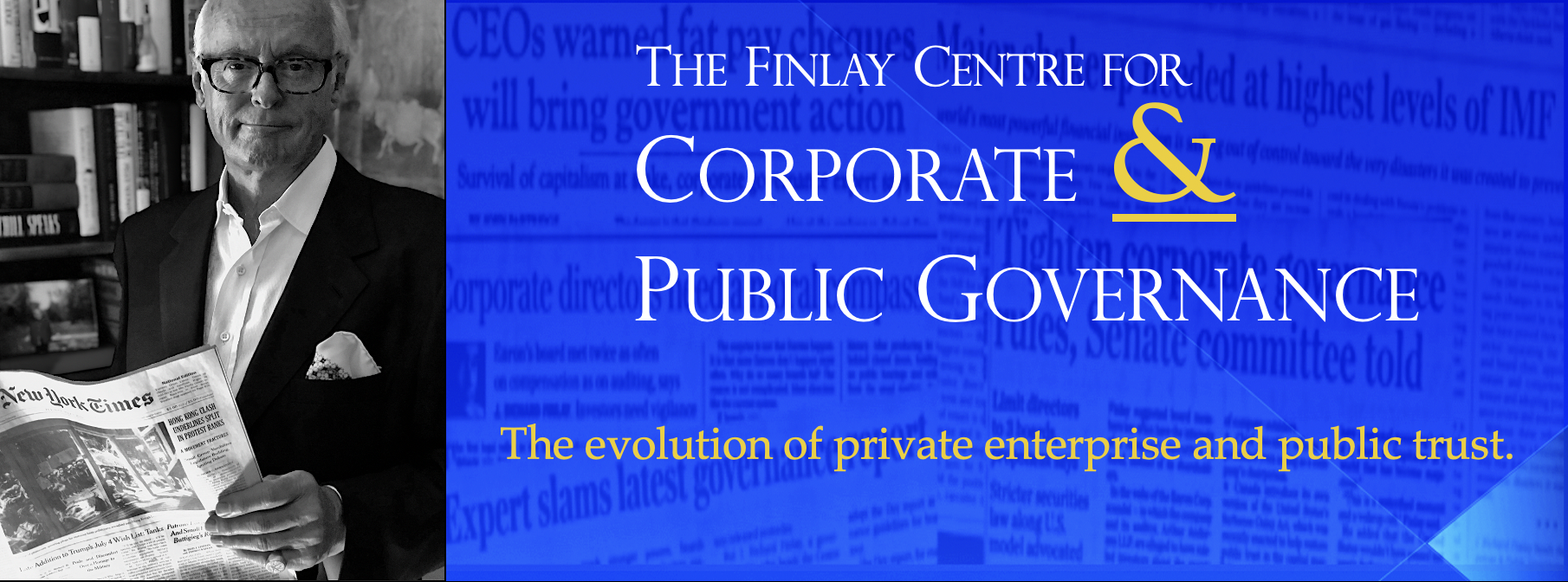In a time when the restoration of confidence, perhaps more than even financial liquidity, is paramount in calming markets and providing stability, neither the Treasury secretary nor the chairman of the Fed acquitted themselves well this week.
As the war in Iraq unfolded, and then morphed into disaster in its first several years, the world discovered the consequences when what is given with absolute assurance as the urgent reason for taking action turns out not to be the case.
As the current economic crisis unraveled, the Bush administration claimed that it had spotted the greatest danger to the economy and the credit markets in generations. Toxic mortgage based assets held by financial institutions were cited as the threat and a $700 billion government intervention was needed to buy them up.
As President George W. Bush said in September:
Under our proposal, the federal government would put up to $700 billion taxpayer dollars on the line to purchase troubled assets that are clogging the financial system.
It had to be done immediately, he said, or a grave and gathering peril in the financial system would make its pain felt soon on Main Street. The President painted a bleak picture of what the world would look like without the bailout.
More banks could fail, including some in your community. The stock market would drop even more, which would reduce the value of your retirement account. The value of your home could plummet. Foreclosures would rise dramatically. And if you own a business or a farm, you would find it harder and more expensive to get credit. More businesses would close their doors, and millions of Americans could lose their jobs. Even if you have good credit history, it would be more difficult for you to get the loans you need to buy a car or send your children to college. And ultimately, our country could experience a long and painful recession.
We expressed some skepticism on these pages as the President’s words were being digested. Portraying financial Armageddon if American taxpayers did not come up with the largest government expenditure in history struck us as not a very faint replay of the approach taken in Iraq, where the administration not only claimed that weapons of mass destruction posed an immediate threat but that it knew where they were.
So we posed the question nobody else it seemed was even considering:
Is America stumbling into a financial Iraq? … Are we dealing here with the financial equivalent of threatened mushroom clouds and weapons of mass destruction?
As it turned out, toxic assets, like weapons of mass destruction, were not the real problem. In the case of Iraq, they were never found. In the situation involving the credit crisis, none were ever bought under the government’s rescue plan. And a new solution was pursued instead: taking equity positions in financial institutions.
This week,Treasury secretary Henry M. Paulson Jr. announced that the original plan, the one upon which the $700 billion bailout was approved and which so many officials and commentators said was absolutely essential to financial stability, would be abandoned.
Even before the Bush-Paulson plan was approved by Congress, we had some doubts about its principal focus:
How the Bush bailout plan will be managed, what assets it will buy, how it will value and how long it will hold them are all undisclosed. It is hard not to be doubtful that the compromise proposal now being discussed will offer much more information. There is considerable dispute that the plan even addresses the fundamental problems in the banking sector.
And the astronomical $700 billion that Mr. Paulson initially insisted was needed in one fell swoop? Congress gave Mr. Paulson $350 billion and required reauthorization for the remaining amount. Mr. Paulson said he had no plans to ask for it now.
Elsewhere last week, the Fed refused requests by Bloomberg News and others to account for the more than two trillion dollars it has pushed out its lending window. It apparently believes the country is not entitled to know how much the Fed is lending, whom it is lending to, or details about the collateral that is being offered.
Both Fed chairman Ben S. Bernanke and Mr. Paulson have said that an absence of openness and transparency were factors that helped to create the current financial crisis in the first place. But transparency is something the Fed talks; it does not walk.
Last spring, we suggested what the Fed had said about the Bear Stearns collateral did not fully compute.
Actually, the Fed did not make a traditional $29 billion loan to JPMorgan Chase, as its official statements would have us believe. It was more of a wink-and-a-nudge deal to take on the poorer assets without going through the formality (and the barrage of questions that would follow) of actually purchasing them.
In a time when the restoration of confidence, perhaps more than even financial liquidity, is paramount in calming markets and providing stability, neither the Treasury secretary nor the chairman of the Fed acquitted themselves well this week. Mr. Paulson only added to the impression that what he and the administration say cannot be trusted or taken at face value. Mr. Bernanke showed his commitment to transparency is a one-way street. What the world needs from its leaders is candor, clarity and competency. It did not find these virtues in either man, which is why the actions of the secretary and the chairman are the Outrage of the Week.

